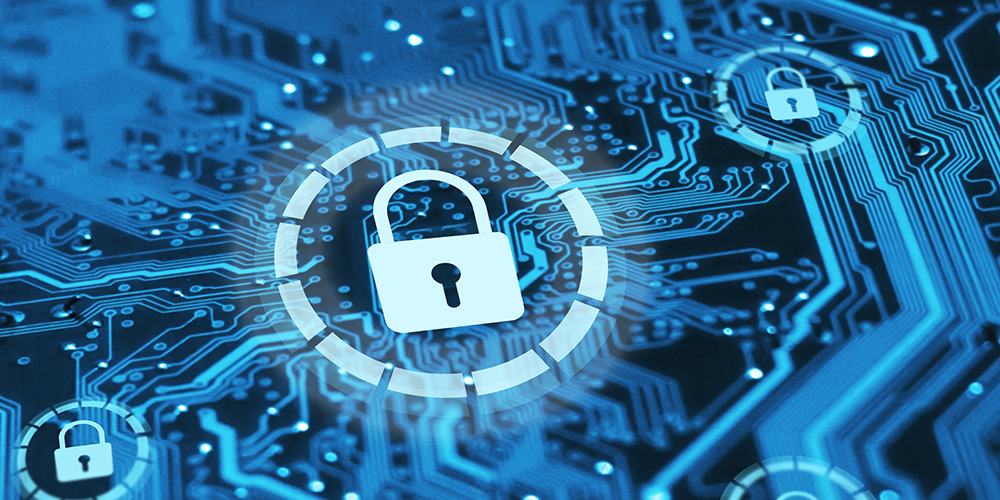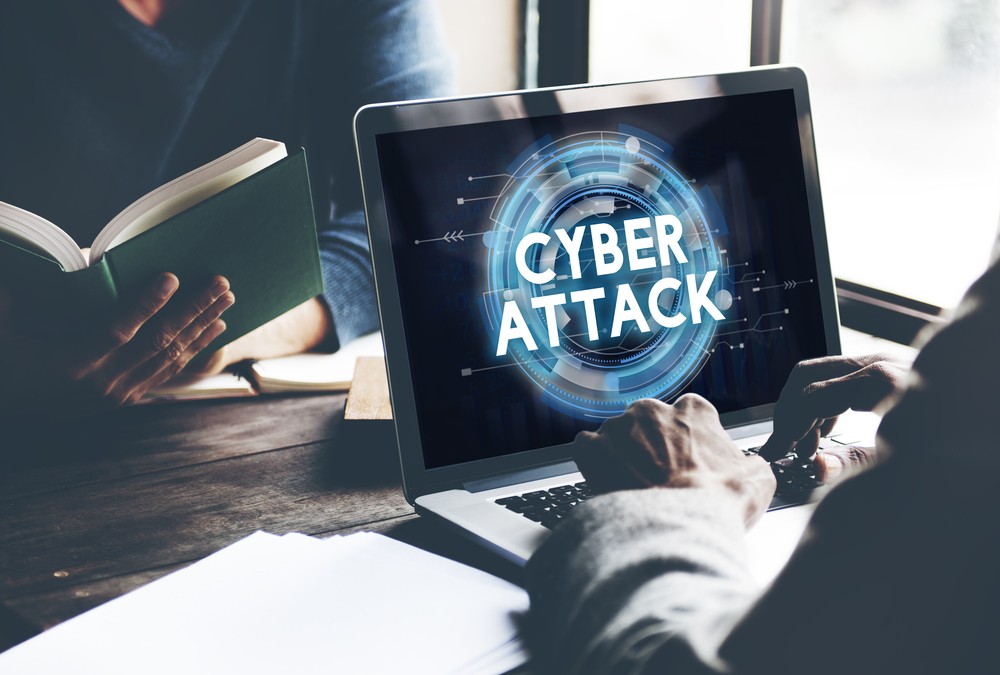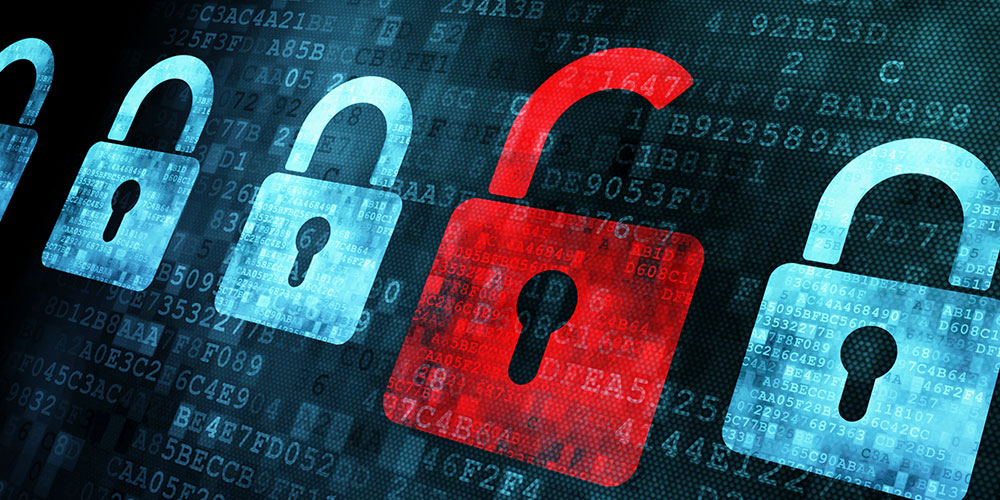
Oct 5, 2020 | SMB Technology, SMB Technology, SMB Technology, SMB Technology, Technology News
Imagine an external cyber attack occurring in your business, or an employee getting exploited by a phishing email. Will you know what you’ll do in the event of a data breach, and are you prepared to act immediately? Read on to learn more about how planning your response to a cyber attack can help you respond quickly and calmly. What to Consider When Developing Your Cybersecurity Plan Your business may have a plan in place already to cope with the latest cyber threats–ideally, this is the case. Or else, you have a plan that needs to be revisited and updated, reflecting the changed work environment brought about by remote workers caused by the pandemic. This is a good time to take an inventory of your IT assets and network security. Starting with the basics, look to see if there are any vulnerabilities that need to be patched with the most up-to-date operating systems patches. Are your antivirus and anti-malware definitions current? Also, can you account for all devices connected to your network, such as laptops used by remote workers? Going beyond the basics your plan should include training your employees to remain safe while remote by knowing how to identify phishing schemes that could result in a ransomware attack. Additionally, evaluate advanced security risks related to compliance requirements, sensitive data or high cost of unplanned downtime. Planning Now Helps You Respond Quickly Later You’ve probably heard the saying, “Plan your work and work your plan.” This definitely applies to your plan for keeping your network secure. What if your company experiences a cyber attack that...

Feb 14, 2019 | SMB Technology, SMB Technology, SMB Technology, SMB Technology, Technology News
Imagine that your employees could be your strongest defense against cyber attacks, rather than a potential area of weakness. According to a CompTIA 2019 industry trends report, in all the innovation taking place, cybersecurity is an enduring concern. Other statistics indicate that user error contributes to nearly 25% of cyber breaches. Read on to learn more about how to train your employees to be your greatest defense against cyber attacks. Train Employees to Defend Against Cyber Threat Cyber attacks are on the rise, in the form of phishing (and spear phishing) designed to implant malware on devices, and merely installing antivirus detection software or firewalls is only one part of prevention. Employees need consistent training on how to recognize phishing attempts, and this training needs to be reinforced frequently. Employees trained to recognize and report phishing schemes–wherein a bad actor poses as a legitimate entity in order to garner personal information—can be an asset in your cybersecurity strategy. One facet of training involves making employees aware of different types of schemes, such as hackers gathering specific information about employees or about your company, also known as spear phishing. In this type of attack, phishers can even make it look like an email is coming from a supervisor, in order to trick employees. Keep Cybersecurity Training Continuous Once employees are aware of specific threats, emphasize that they have a key role in protecting your business and themselves at the same time. Teach them through testing their knowledge via fake phishing schemes or a USB drop. Various vendors offer different resources for training and reinforcement. Another idea for ongoing training is...

Dec 4, 2018 | SMB Technology, SMB Technology, SMB Technology, SMB Technology, Technology News
Over the last ten to fifteen years, the cloud has gone from new technology to accepted–and by many, embraced–fact. According to a recent CompTIA study, cloud computing is now a critical part of today’s IT operations, powering everything from Cloud Backup to handling email and other commonly used applications. With this growth, as well as the growth of cybercrime, cybersecurity is an ever-present concern. Read on to find out about cybersecurity considerations in cloud computing. Keeping Data and Applications Safe in the Cloud Many businesses are storing their data and applications in cloud data centers, or in a hybrid (part cloud, part on-premise) cloud environment. How can these resources be kept safe from cyberattacks? On-premise security measures can include keeping anti-virus and anti-malware definitions up to date along with operating system patches to keep cyber criminals from getting through. The considerations for cloud cybersecurity are a bit different. One consideration for a business is whether they want to have their data and applications in a public or private cloud environment. The public environment may do well enough for some businesses, but for certain highly-regulated fields such as healthcare, the private cloud environment is important to maintaing compliance. Or certain businesses can have some applications in a private cloud environment, but their email is hosted in the public environment. Whichever environment the resources reside in, data encryption is important as well. If a cyberattack occurs, encryption ensures that the information cannot be read and misused. Data must be safe both while in transit to the cloud and once it resides there. The Role of Network Monitoring Finally, network monitoring is...

Nov 13, 2018 | SMB Technology, SMB Technology, SMB Technology, SMB Technology, Technology News
Over the last several years, we have heard about high-profile cyber attacks and data breaches. However, large companies are not the only ones subject to such attacks. Small to medium businesses are at risk as well, and may not have the resources to overcome a data breach. According to Forbes, the question is not if a cyber attack will occur, but when. Read on to learn what comprises cybersecurity and why it is so important. What is Cybersecurity? The definition of cybersecurity is “the protection of Internet-connected systems–including hardware, software, and data–from cyber attacks.” It can be thought of as a constellation of equipment and practices designed to keep a company’s data and infrastructure safe from natural and man-made hazards. On the technical side, protections include operating system patches and current anti-virus and anti-malware definitions. Data encryption is another key protection, both on-premise and in the cloud. On the human side, employees need to learn how to protect the company’s data by recognizing attempts by hackers to get into the company’s systems. Phishing schemes are one such way cybercriminals attempt to steal passwords and other data. If an attack happens, employees need to be trained in how to report and escalate it. All of these aspects can make a difference in keeping your business, in business. The Importance of Cybersecurity With cybercriminals becoming ever more sophisticated, and technological innovations such as the Internet of Things developing quickly, there are more points at which a business’s systems and data can be threatened. And what does this mean for your company? If a data breach occurs, customer data can be stolen...

Sep 6, 2018 | SMB Technology, SMB Technology, SMB Technology, SMB Technology, Technology News
With daily business processes as well as innovative new technologies like the Cloud Computing, keeping your company’s data and systems safe is a top priority. Damages from cybercrime, in the form of lost revenue, continue to mount; in the next few years, the cost could reach as much as $6 trillion a year. In daily business activities, companies gather, store and use a great deal of customer data. Employees, thanks to Software as a Service (SaaS), can now work anytime, anywhere, accessing company data from outside the office. Both your technology and your employees need to be ready for multiple threats to the security of your network. Read on to learn more about how to protect your business’ revenue and reputation and keep the business running smoothly. Knowing and Guarding Against Cyber Threats Cyber threats come from both inside your company and outside and can affect businesses of all sizes. Not only can malware and viruses attack your system and steal and/or destroy company data, lack of understanding of threats by employees can compromise the safety of your systems. Be sure to have the latest definitions of your anti-virus and anti-malware definitions up to date. Along with these protections, establish a culture of security. This should work from management downward and emphasize that everyone has a role in keeping your systems safe and your business productive. Keep an Eye on Your Network Another way to keep your business running smoothly is to monitor your network. Network monitoring can be done off-site, 24 hours a day, and can spot and eliminate threats to your security. It can keep even small...






